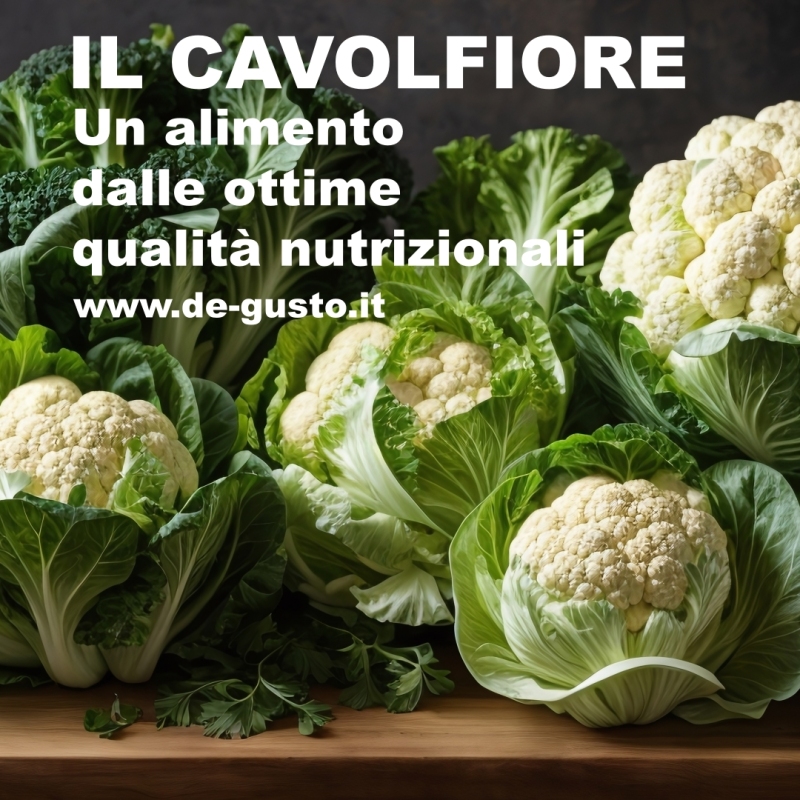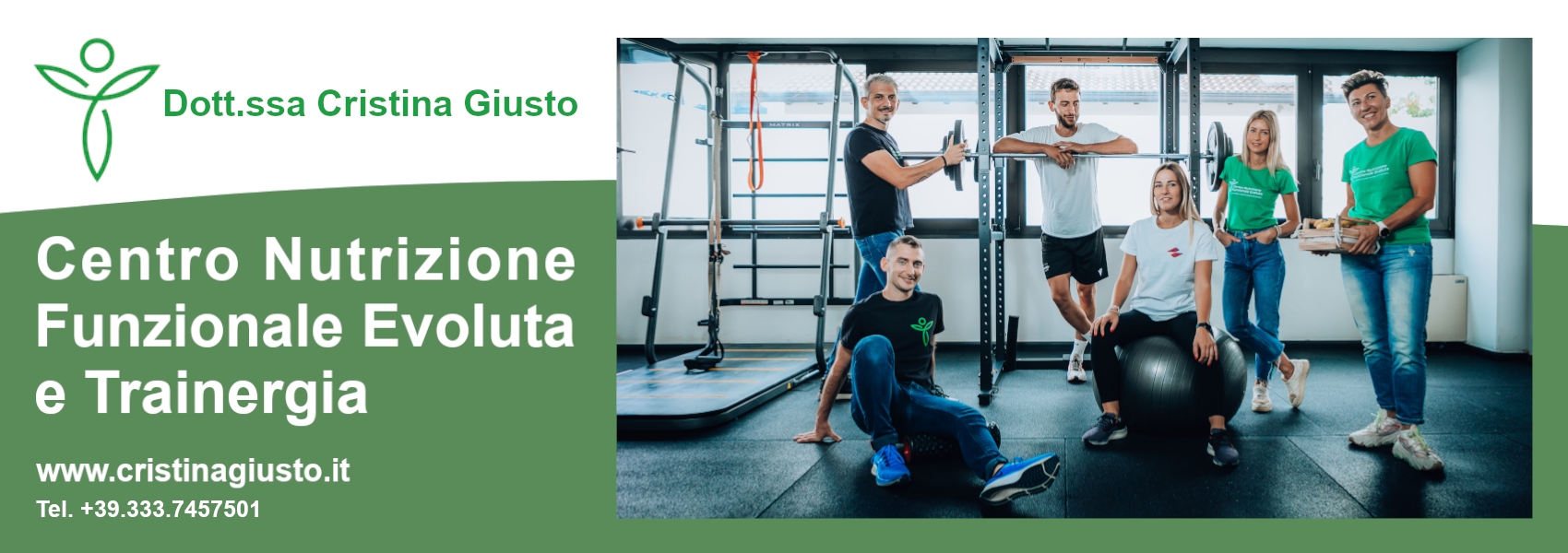Finally, the long-awaited holidays arrive and the opportunities for seaside lunches, which can be enjoyed at a restaurant or beach bar or under the parasol, resume. It is often the case that with the heat the appetite goes away or we settle for something quick and fresh like an ice cream or fruit.
However, it is important that the meal is more substantial to avoid hunger attacks during the rest of the day. Hunger attacks are favoured not only by the lower calorie content of an ice cream or fruit, compared to a normal meal, but also by the fact that these foods are mainly composed of sugar, which tends to bring hunger back within a few hours. In addition to the restaurant or beach bar option, there is the coolbag option. Bringing your lunch to the beach is certainly the ideal and cheaper alternative, which allows you to vary more among dishes that are probably already part of your routine, avoiding giving in to proposals that risk being hypercaloric and not even too tasty.
Preparing everything at the beach is inconvenient and unhygienic. You can think of a version of a packed lunch that is nutritionally balanced and at the same time quick, easy to prepare and practical to carry.
Pack our meals at home and store them in airtight containers in a cooler, this will prevent the food from melting and the drinks from getting hot.
Heat and sun make it necessary to take some precautions when preparing the beach ‘lunch box’.
WHAT SHOULD NOT BE IN A PACKED LUNCH
- Foods with very elaborate preparations and/or rich in fat, for caloric and digestive reasons, but also for hygienic aspects. If we choose to consume complex foods such as the much-loved lasagne in the oven, these take a long time to digest and, being rich in lipids and proteins, must be stored at low temperatures. In hot weather, lipids oxidise and the bacterial load of our food increases rapidly, causing our food to lose its wholesomeness, changing the organoleptic qualities of the food, such as taste and texture.
- Foods containing creams and chocolate, the above rules apply. - Sugary drinks such as tea, orangeade and the like. In addition to their high calorie share, the sugar contained in these drinks does not make them thirst-quenching.
- Alcoholic drinks. Alcohol has a detrimental diuretic effect at a time when our bodies already lose a lot of fluid through sweating.
HOW TO PREPARE A SCHISCETTA FOR THE SEA
For lunch at the beach, it is a good idea to go for simplicity. The ideal meal consists of a single dish that should contain carbohydrates, proteins and fats. This is not only to provide the body with everything it needs, but also because a complete meal delays the onset of hunger!
Carbohydrates
Sources of carbohydrates can be: pasta, preferably wholemeal, or spelt pasta, legume pasta, venere or basmati rice, cous cous, spelt, barley, millet, quinoa, amaranth, buckwheat, oats, bread, potatoes, a piadina (wholemeal or spelt) etc.
Protein
Protein sources can be: legumes (also canned and drained, chickpeas, peas, lentils, beans, broad beans, edamame, hummus), meat (e.g. chicken or turkey strips), fish (e.g. canned tuna or mackerel, shrimps, salmon or other fish), preferably lean sliced meats (e.g. ham cubes, boiled ham, salmon, salmon, etc.), and a variety of other foods. cubes of cooked ham, turkey rump), preferably fresh cheeses (e.g. mozzarella, feta, cottage cheese), eggs (e.g. omelette or hard-boiled eggs), soya products (e.g. tofu or tempeh).
Fats
Sources of fats can be: extra virgin olive oil, seeds, oily nuts (such as walnuts, almonds, hazelnuts), avocados, olives, pesto, etc.
Fruit and vegetables
Let's not forget the vegetables! It is important to bring a portion of vegetables, either left over from the night before or simple to prepare such as tomatoes, cucumbers, green beans, mixed salad, julienne carrots and courgettes, steamed spinach or chard etc. It is preferable not to remain fasting for a long time, to avoid arriving at the main meals hungry, so green light to fresh fruit, well washed, or fruit and vegetable centrifuges, or a handful of dried fruit to eat as a mid-morning or mid-afternoon snack.
Here are some ideas for lunches at the beach:
- Wholemeal sandwich or spelt piadina with lean sliced meat (such as turkey rump or bresaola), salad or grilled vegetables
- Washed carrots to munch on, a mozzarella or a couple of cubes of Grana cheese and a packet of wholemeal crackers
- Cold wholemeal pasta or cold rice with diced aubergine, peppers, tomato and drained mackerel
- A big salad, taking advantage of the many seasonal vegetables, to which you can add a protein of your choice such as diced feta or smoked salmon or shrimps. If we want to make it less ‘boring’, but just as digestible, we can garnish it with dried fruit such as nuts, pistachio granola, mixed oil seeds and melon cubes.
DON'T FORGET TO DRINK!
It is essential to introduce plenty of liquids to make up for the losses that occur through sweating. Let's hydrate primarily with water, but also with smoothies, herbal teas or infusions to be sipped slowly.
Herbal teas can be prepared at home the day before, as long as they are sugar-free. Isotonic drinks, such as gatorade and the like, are a good solution for those who practise sports at the beach.
Hydrating yourself is always important, doing so in summer even more so, when you are at the beach becomes imperative. Fill your cooler with water, and not with sugary drinks, alcoholic beverages, fruit juices or industrial iced tea.
(Article by Dr Della Bianca Maddalena)





